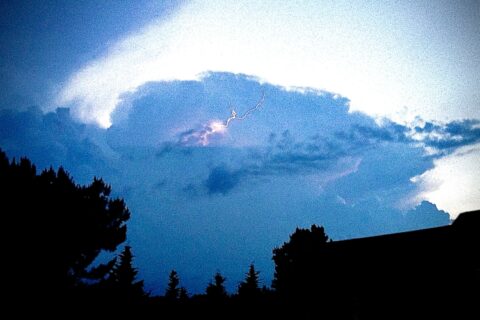
Thanks to Taryn Paul for the magnificent photo of a humpback whale showing off his athletic skills just along the Virginia Beach coast. It’s an incredible site seen almost daily during mid-Atlantic winter whale-watching trips.
Paul is a member of the crew out of the Virginia Beach Fishing Center – along with Alexis Rabon and Kristin Rayfield – who help document and log the populations as it winters and feeds. Unfortunately, scenes like this are getting overshadowed by what some are calling an abnormal number of deaths from Florida to Maine. Many on social media are blaming the testing of bedrock at the ocean floor in anticipation of future windmill fields. But, according to NOAA Fisheries, the Marine Mammal Commission and several local experts, nothing could be further from the truth.
“In a sense, this is much to do about nothing,” said Rabon. “None of us want to see dead whales, but the windmills aren’t the problem.”
She and the team help document the whales for national organizations and the U.S. Navy. Since the beginning of the year, 11 whales have washed up on western Atlantic beaches in this country – the second-lowest total since 10 were found in 2021. Since 1016, the most was 34 in 2017 – according to NOAA documentation. The average since 2016 is 23.25 – well below acceptable numbers based on the population.
“In fact, we’re seeing more humpbacks this year,” Rayfield said.
Skip Feller, who runs the headboats the three work on, said two whales were seen on the last day of the center’s whale watching tours.
Of the documented whale deaths, 40 had necropsies performed and none of those showed anything other than contacts with large ships or fishing gear entanglements as the causes. A rare Northern Right Whale found dead in Virginia Beach on Feb. 12 had a necropsy (sort of an autopsy for animals) performed and the cause of death was listed as a “catastrophic blunt force trauma” associated with a strike by a large ship. Detractors say the seismic activity being performed for windmills is causing inner ear damage that is causing the whales to become disoriented – leading to vessel strikes.
Humpbacks are baleen whales, meaning they don’t have teeth and they filter out their food by coming to the surface from under a school of bait, shallowing hundreds if not thousands of fish in their gaping jaws. Baleen whales do not echolocate like toothed whales (right whales and dolphins to name a few). They communicate with a series of sounds.
“It’s completely wrong that seismic activity is busting their ear drums,” Feller said.
As for dolphins, some 50 to 60 strand along Virginia each year.
“That’s nothing new and it happens all the time,” Rabon said.
The four, along with teams from the Virginia Aquarium and the Navy, agree with scientists that there is nothing relating to windmill construction involved in the deaths. New York and New Jersey have had the largest number of standings since 2016 (a total of 62) likely because the ports in New York have become the busiest on the East Coast. The water around the two states has gotten much cleaner over the years, causing bait and whales to spend more time there.
“We’ve said for years that these things are simply a case of an increasing number of humpbacks, more ships and bait tending to concentrate in and along the channels leading to big ports,” Rayfield said. “That equals more mortality.”



